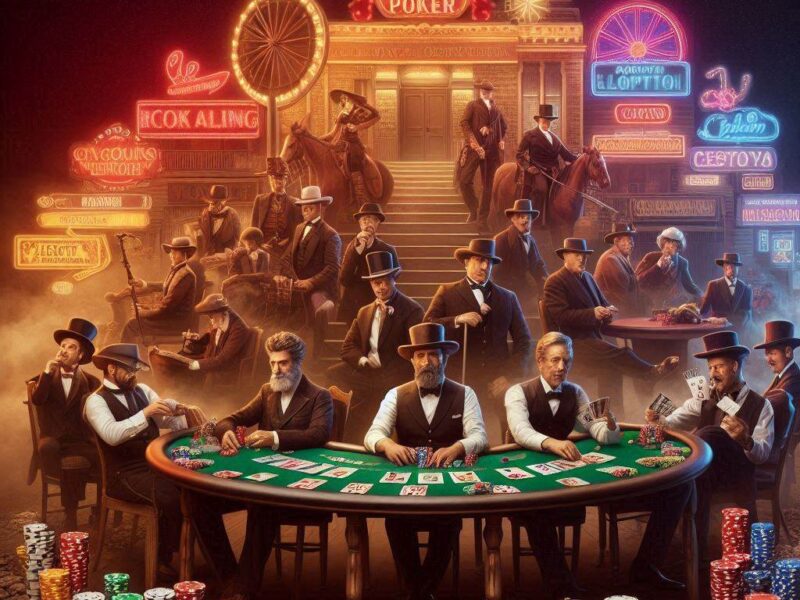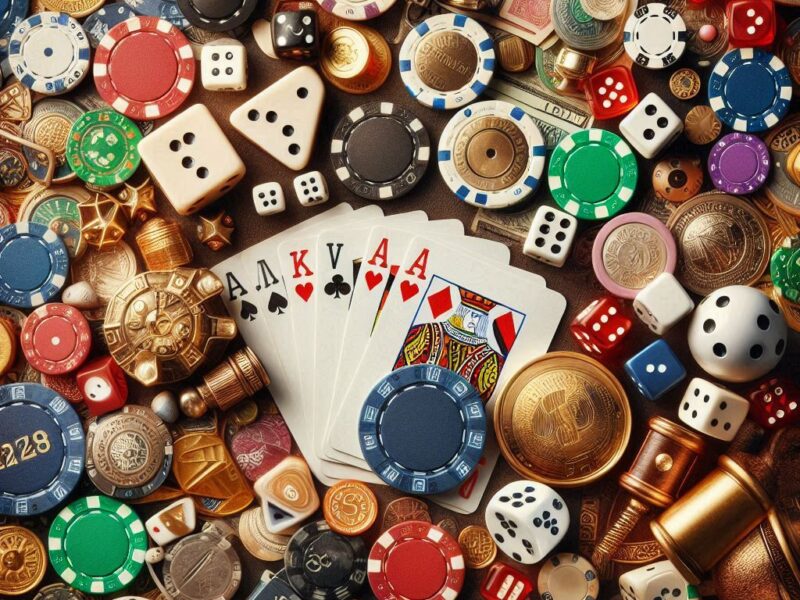Bluffing is an art form in the realm of casino poker, a skill that separates the novices from the pros. It’s not just Winning at Casino Poker about deceiving your opponents into believing you have a better hand; it’s about strategic deception, understanding human psychology, and making calculated moves that can significantly affect the outcome of the game. In this article, we’ll delve into the strategies for mastering the bluff and turning these high-risk maneuvers into winning tactics at casino poker.
1. Know Your Opponents
The first step in mastering the bluff is to know whom you’re bluffing against. Every player has a tell, a pattern, Winning at Casino Poker and a threshold for risk. Some players fold under pressure, while others call bluffs with unshakeable confidence. The key is to observe your opponents’ behavior, identify patterns, and choose your moments to bluff against players who are more likely to fold.
2. Timing is Everything
The effectiveness of a bluff often boils down to timing. Bluffing too often can make you predictable, whereas bluffing seldom but at the right moment can make you unreadable. Key moments to Winning at Casino Poker consider a bluff include when the community cards don’t appear to support anyone’s hand significantly, or when you sense hesitation in your opponents’ betting patterns. Timing your bluff when the pot is reasonably sized can also increase your chances of success without risking too much.
3. Project Confidence
Your body language can make or break your bluff. Successful bluffing requires projecting confidence. This means controlling your tells, from your facial expressions to the way you handle your chips. Even if you’re inwardly uncertain, outward confidence can pressure your opponents into folding.
4. Bet Sizing
Effective bluffing involves believable bet sizing. Your bet should tell a story that is consistent with the hand you’re pretending to hold. Overbetting can signal desperation, while underbetting might not put enough pressure on your opponents. The goal is to match your bet size to what you would realistically wager if you had a strong hand.
5. Choose the Right Hands to Bluff With
Not all hands are suitable for bluffing. Semi-bluffs, where you have a hand that could improve to a strong hand on future streets, are often more effective. These give you a backup plan if your opponent decides to call. Bluffing with total “air” (no hand value whatsoever) is riskier and should be done sparingly.
6. Adapt and Learn
Every bluff provides a learning opportunity, whether successful or not. Pay attention to the outcome, how your opponents responded, and what you might do differently next time. Poker is a game of constant learning and adaptation. The more you practice the art of bluffing, the better you’ll become at deciding when and against whom to use this strategy.
7. Understand the Stakes
In casino poker, the stakes can vary widely, and so does the propensity for players to call bluffs. In higher-stake games, players might be more willing to call bluffs due to the larger pots involved. Understanding the dynamics of the stakes you’re playing at can help tailor your bluffing strategy to your environment.
Conclusion
Mastering the bluff in casino poker is about much more than just fooling your opponents. It’s about strategic play, psychological warfare, and making calculated decisions that can lead to winning outcomes. By knowing your opponents, timing your bluffs correctly, projecting confidence, sizing your bets wisely, choosing the right hands, and learning from each experience, you can elevate your poker game and become a formidable player at the casino poker table. Remember, bluffing is a tool, not a strategy in itself; use it wisely to complement your overall poker strategy.


